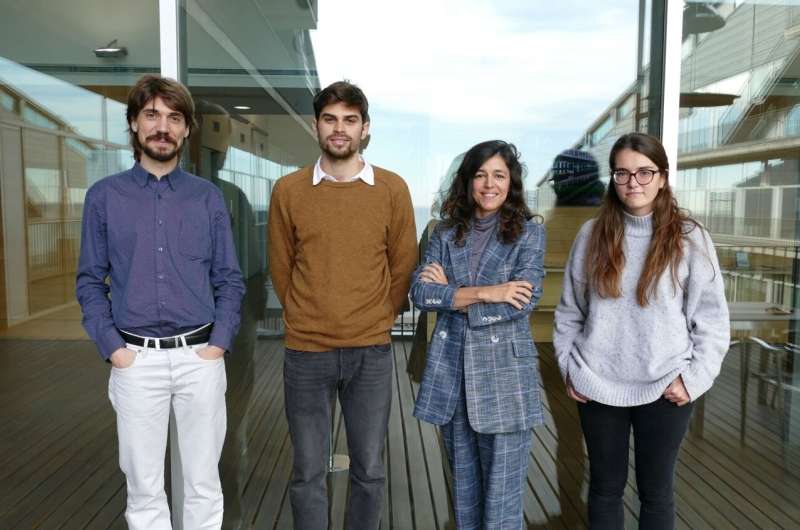New gene-writing technology to develop more effective and safe therapies

An international, multidisciplinary team of researchers from the Translational Synthetic Biology Laboratory at Pompeu Fabra University (Barcelona, Spain), led by Dr. Marc Güell, has published an article in the scientific journal Nature Communications showing the potential of find, cut and transfer (FiCAT) technology as a state-of-the-art tool for gene writing to develop advanced therapies that are safer and more effective for future clinical application in patients with genetic and oncological diseases with few treatment options.
The UPF Translational Synthetic Biology Laboratory has been working on gene editing and synthetic biology applied to gene therapies since 2017. FiCAT technology is an important scientific breakthrough to overcome the current limitations of the technology used today for genome editing and gene therapy.
"Human genome engineering has significantly progressed in the last decade with the development of new editing tools, but there was still a technology gap that would allow therapeutic genes to be transferred efficiently with few size limitations," says Dr. Marc Güell, supervisor of the study.
In this work, the researchers developed an efficient and precise programmable gene writing technology based on the combination of modified proteins CRISPR-cas and piggy Bac transposase (PB) for inserting small and large fragments. Dr. Maria Pallarès, co-first author of the study, says, "CRISPR stands out for its precision when editing small fragments. However, transposases allow us to insert large fragments but in an uncontrolled manner. We have combined the best of each technology."
"In this way, FiCAT technology allows us to precisely insert large fragments of DNA into the genome. This means we can develop therapeutic solutions to diseases that currently have no treatment, such as Duchenne muscular dystrophy, or some cases of hereditary blindness, in which the affected gene is large in size," asserts Dr. Avencia Sánchez-Mejías, a senior researcher with the group and co-supervisor of the work.
They tested the technology in human and mouse cell lines achieving efficiencies of 5 to 22 percent with minimal off-target insertions and demonstrated on-target gene transfer in vivo in mouse liver and germline cells in mouse models. Lastly, they performed a directed evolution of FiCAT and further improved efficiency by 25 to 30 percent. "We have been progressively modifying enzymes so that they acquire the function we were looking for, selecting the ones that displayed a better function," says Dimitrije Ivančić, co-first author of the article. "Our work is a clear example that enzyme engineering in the context of genome editing has great potential," he concludes.
More information: Maria Pallarès-Masmitjà et al, Find and cut-and-transfer (FiCAT) mammalian genome engineering, Nature Communications (2021). DOI: 10.1038/s41467-021-27183-x



















